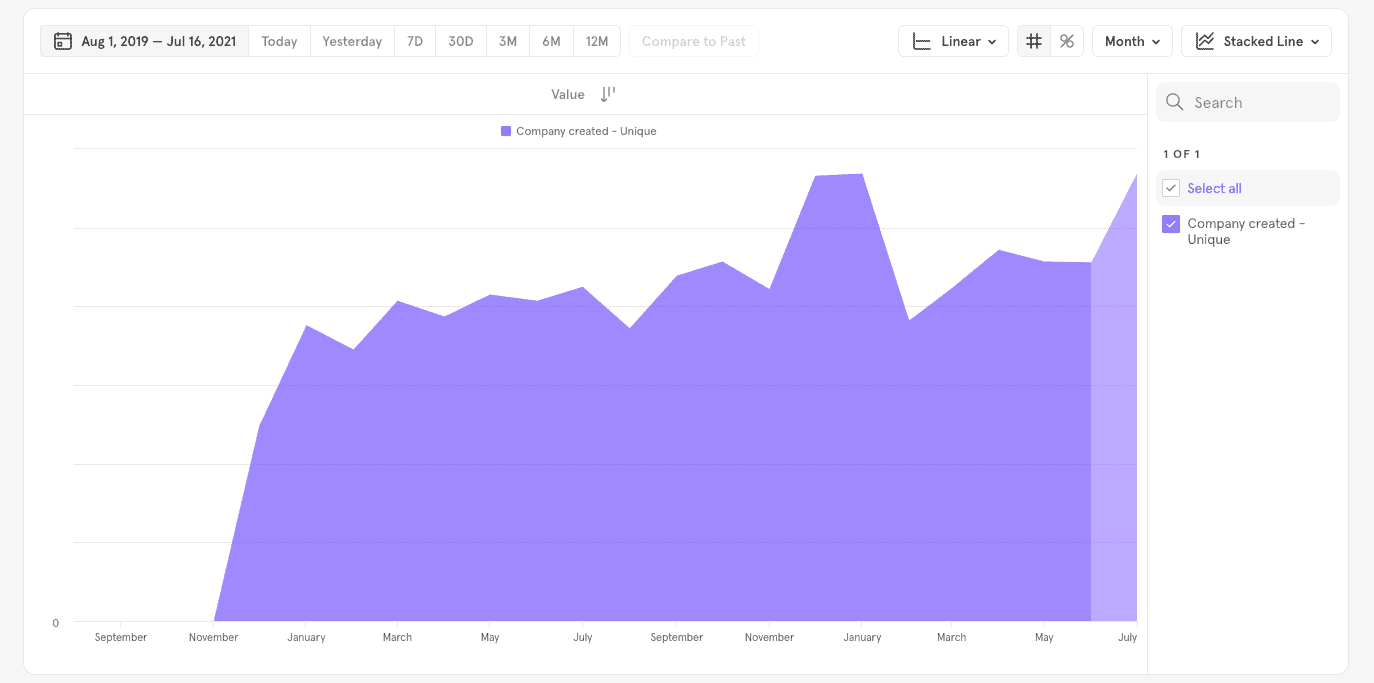Supported 62% growth in MRR as Head of Marketing
through SEO, a higher converting website, and a video course.
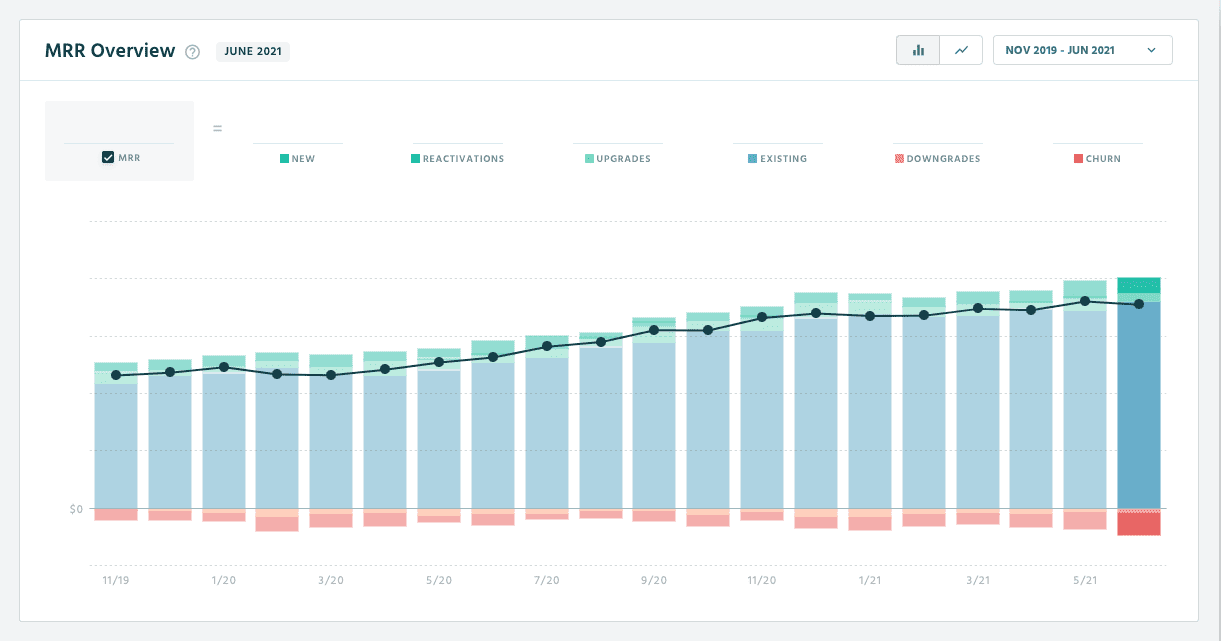
Problem
Revealbot is a Facebook ad automation tool and therefore relies on Facebook’s ad platform and API to be a functioning company. At the time I joined, Facebook was getting increasingly strict on ad quality and the types of products being advertised. If advertisers were violating these policies, their ad accounts would be banned. And if those advertisers were running ads through a Facebook Partner’s tool, like Revealbot, Facebook would hold the Partner responsible for allowing these low quality advertisers access to Facebook’s ad network. If a Partner received too many violations, Facebook would ban the Partner from their Partner program and from accessing their API. It would be the end for Revealbot.
To avoid catastrophe, Revealbot enacted strict quality controls for their customers. If a customer had too many unapproved ads or was linked to ad accounts that were already banned, Revealbot had no choice but to cancel their subscriptions and remove them from the platform. This caused a material decline in growth and MRR.
My main objective as the sole marketer of Revealbot was to reposition Revealbot as a tool for well established ecommerce stores and generate revenue through various marketing initiatives.
Solution
When Revealbot first launched on Product Hunt, it generated quite a bit of media buzz and was picked up by a few influencers in the Facebook ad marketing and affiliate world. Not only did this spur initial revenue growth, but it also resulted in the acquisition of a significant amount of backlinks to the revealbot.com domain. When I discovered this in my SEO audit, I knew SEO and content marketing would be a significant growth channel.
Because I covered most of it in its own SEO case study, here’s just a summary of what I did for our SEO and content program:
- an SEO audit
- how we updated existing pages and blog posts
- building a Facebook ad cost tool
- short form content in the form of “Revealbot Answers”
One of the most important content projects we launched to generate signups was competitor pages.
Competitor pages
Competitor pages are one the lowest hanging fruit SEO/content strategies that so many brands are missing out on.
One of the last things buyers do before they make a purchase, after they’ve identified their problem and the type of solution they want, is they look up competing products and services to make sure they’re buying the right one for them. Making competitor pages serves content for these exact search queries.
This type of content is a definitive example of bottom of the funnel (BOFU) content. By its nature, it won’t generate a large amount of traffic, but the traffic it does generate is much more likely to sign up for a trial because they are in the buying phase of the buyer’s journey. That’s why this content is so important.
At Revealbot, we built six competitor pages plus a competitor “homepage” where we compare Revealbot to all our competitors and link to each separate competitor page. Here’s what they looked like:



You’ll see they target keywords such as [competitor] alternative and Revealbot vs [competitor], while our competitor homepages targets keywords like revealbot alternative. All our competitor pages use the same layout, but each one is customized to highlight the benefits and features that make Revealbot stand out from the competitor and of course data in the feature comparison tables. You’ll also notice that we don’t just trash talk our competitors. We give the user a fair review of the competitor and the use case that makes the most sense to choose the competitor over us. This builds trust in the eyes of our customers.
Each competitor page is SEO optimized. On their own, they won’t generate a lot of backlinks so it’s important to give them a lot of internal links. The easiest way we did this was by linking them in the footer.
Other than our homepage and core platform pages, these competitor pages quickly became our highest customer generating pages.
Website redesign
To take advantage of all the traffic the SEO optimizations and new content produced, and to better reposition Revealbot as a tool for well established ecommerce brands, we needed to redesign the website.
Here’s a before and after of the old homepage and the new one:


Besides the new design, you’ll immediately notice the improvement in the hero section.
- more clear, and value-driven headline and subheadline
- opt-in box directly on page
Another stand out difference is the new design has much more content:
- who is Revealbot for? (agencies, ecommerce brands, apps)
- more testimonials and logos from well established brands
- three new solution sections and pages for the main functions of the product (automating, launching, and analyzing ads)
- highlighting out support team
Again, as mentioned in the SEO case study, we SEO optimized all our solution and feature pages and with the improved design, we were able to convert that additional traffic into signups and revenue.
The highest lead generating pages for the main website and their primary keyword were:
- Facebook ad platform page (facebook ad automation)
- Google ad platform page (google ad automation)
- Snapchat ad platform page (snapchat ad automation)
- Facebook ad automated rules sub feature page (facebook automated rules)
- Facebook ad split test and bulk creation sub feature page (facebook bulk creation)
The blog needed a redesign, too, to improve the overall reading experience and better convert traffic into signups.
The most important changes to improving the conversion rate of blog posts were to add several call-to-actions in every post. Because Revealbot offered a self serve, 14-day free trial, we used that as the offer versus a traditional content or newsletter offer.
I worked with one of our developers to create several call-to-action snippets that I could paste directly into the post content wherever I thought it made sense. We made several versions so that the call-to-action could speak to a benefit that is relevant to the topic of the current post.
Here’s an example call-to-action with the ad automation benefit on an article about the Facebook conversion API.
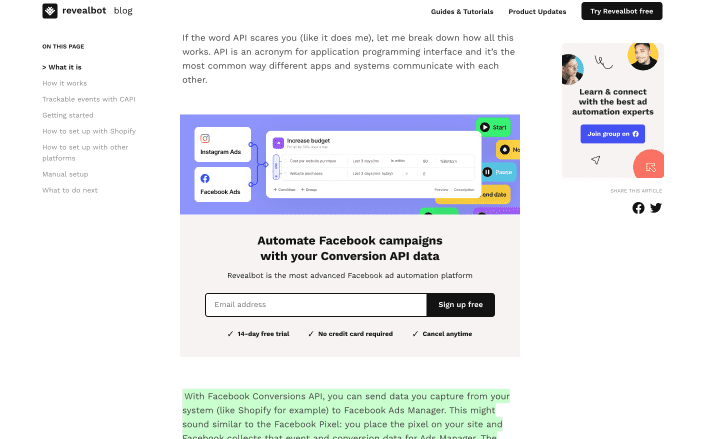
Google Ads
While page redesigns and SEO optimizations were in progress, I decided to relaunch Google Ads. Before I joined Revealbot, the company had a freelancer set up our Google Ads campaigns, but we turned it all off due to poor performance.
Because it had been over a year since we ran any paid Google ads, I decided to turn back on their campaigns to create a baseline. However, the cost per conversion (trial start) was $300 and so we had to pause everything in less than two weeks due to bad performance.
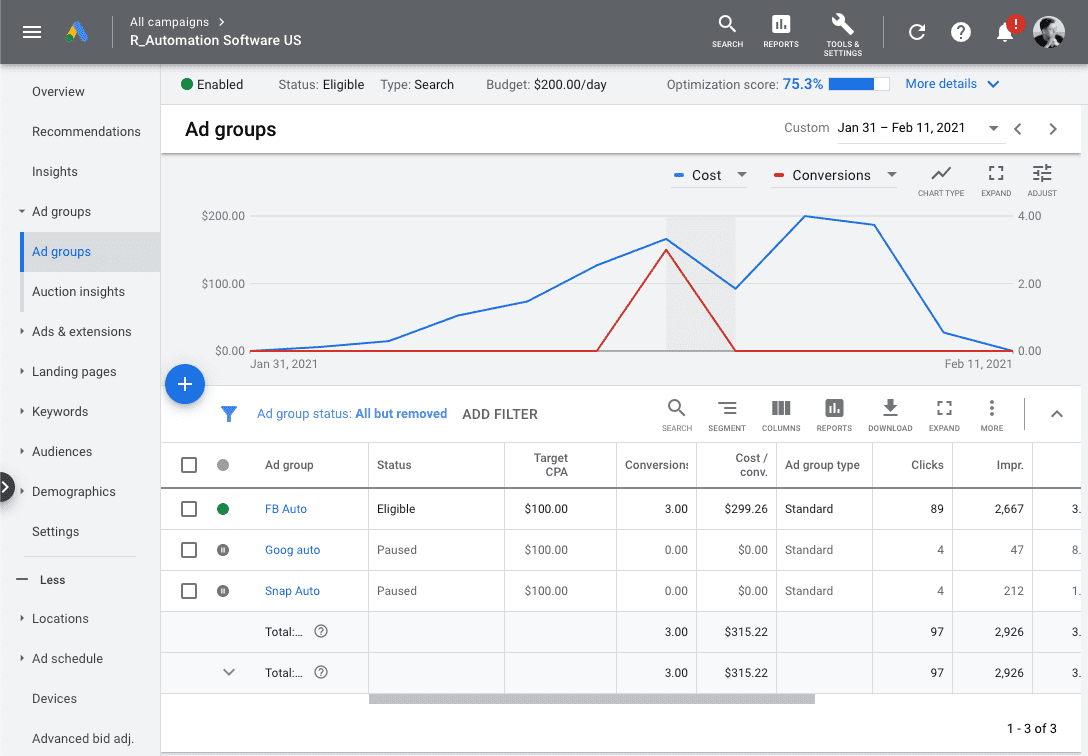
The whole account needed a complete overhaul. So after new keyword research, new ad copy, and initial testing, I was able to achieve a cost per trial start of $115, a 62% reduction from the initial $300 CPA. And this campaign was for non-brand targeting the US, UK, and AUS. This was more than an acceptable CPA, which allowed us to keep these campaigns running.
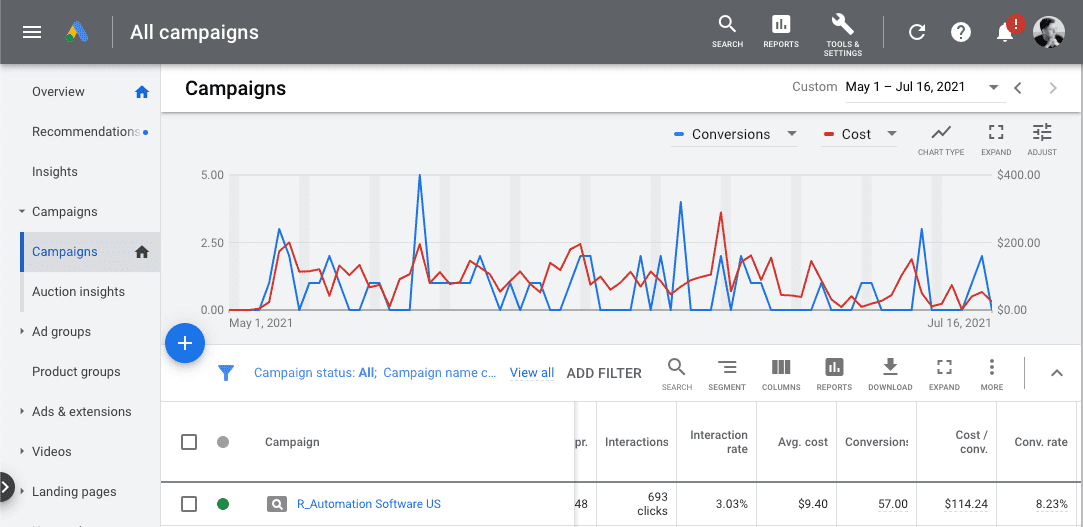
How were we able to achieve this? The improved performance can be attributed to the improved homepage design, ad copy, and keyword optimization, as the homepage was the destination URL from both the initial campaign to the new one was the same.
Here’s the approach we took with our ad copy:
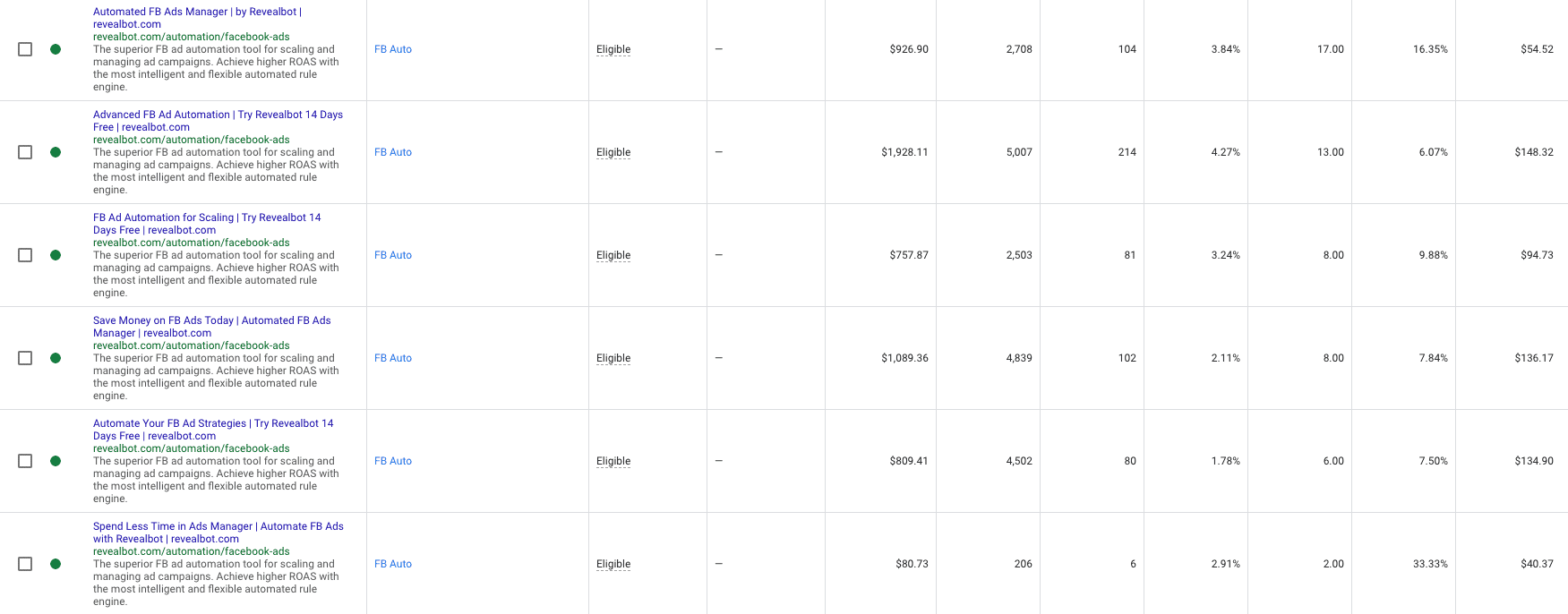
The primary headline, or the first part of the headline, was either benefit or feature focused. Since we were targeting keywords around the topic of “facebook ads automation,” the features and benefits we highlighted were relevant to the topic. So the main headline was either about automating Facebook ads or about what automation can help you achieve - spending less time in ads manager, scaling efficiently, saving money, etc.
The secondary headline was either highlighting our offer was risk free by using “Try Revealbot 14 Days Free” or we used it for an additional feature highlight. Surprisingly, our best performing ad used neither and was simply “by Revealbot.” These types of surprises are why I still test things even if I have low confidence in their success. We can’t predict the future.
Video course
Getting free trials is one thing, getting them to convert to paying customers is another. The biggest challenge Revealbot had with its user onboarding flow was its time to value. The product is incredibly flexible, but this brought with it a steep learning curve users needed to overcome to start getting value from the product.
While the product team worked on improving the onboarding flow, I created a video course with 17 videos to walk people through the tool, how to use it, and show some examples of the most popular automations. We put the videos up on YouTube and created a spot on our website for them.
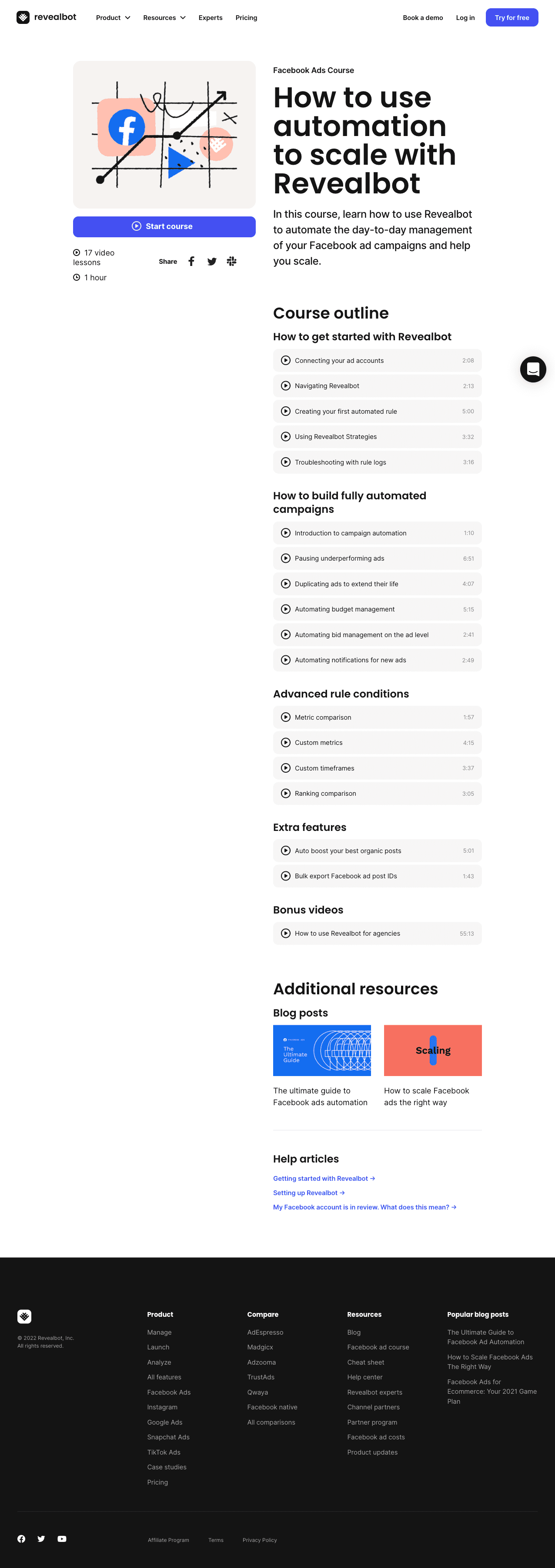
We created a main page for the course and individual pages for each video, complete with transcripts, links to relevant blog articles, and links to relevant help articles.
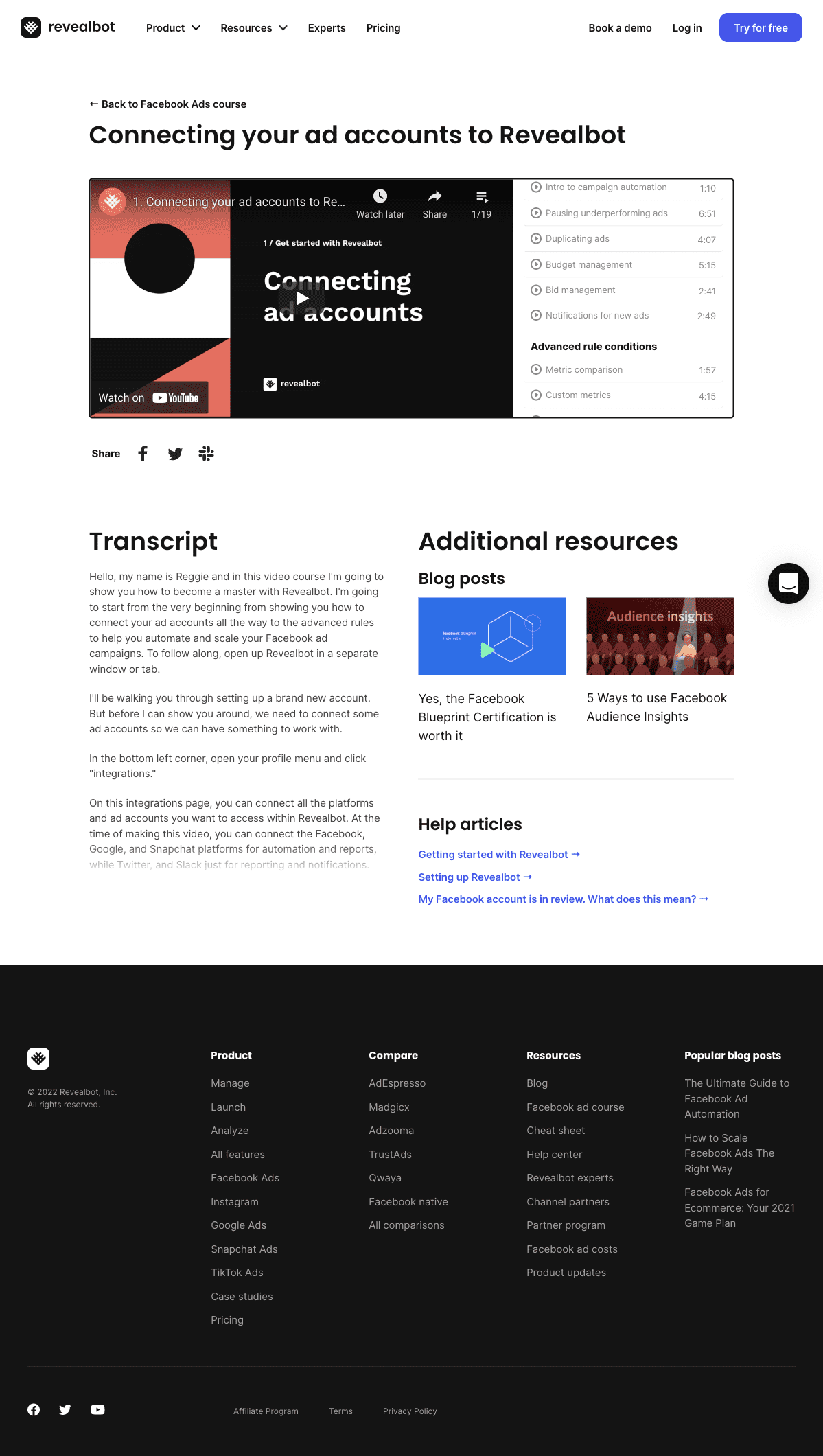
The video course is very frequently mentioned in feedback from new customers as a resource that helped them get set up on Revealbot.
Staying true to the “move fast” and “done is better than perfect” work culture at startups, this video course was filmed in my apartment with my iPhone. You can watch one of the videos here:
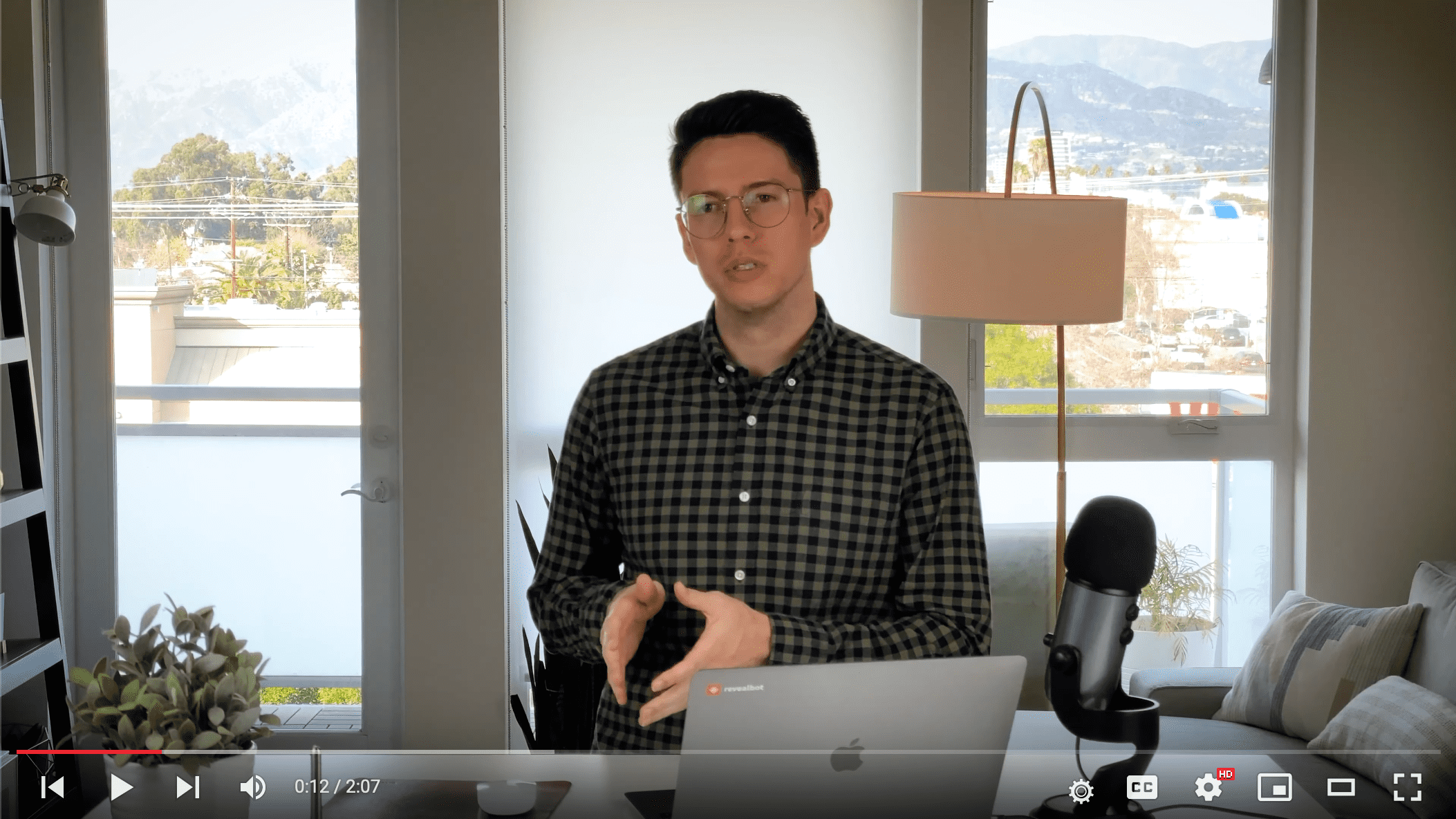
Results
Despite removing customers (and revenue) due to increasingly strict Facebook Partner compliance policies, the growing number of competitors, and Facebook’s attribution chaos that came with Apple’s iOS 14.5 update, Revealbot’s MRR grew by 62% during my time there.

Marketing supported this growth in four key areas.
- repositioned Revealbot to be more for well established ecommerce brands and by effect increased customer quality and the lifetime value of our customers.
- improved the trial to paid customer conversion rate by creating a video course, which helped speed up the time it took customers to get value from the product.
- increased organic traffic by 1,279% to around 8,000 users per week through our SEO and content program.
- redesigned the website which improved the website’s traffic to trial start conversion rate by 10%.
New accounts generated per month grew around 22% between December 2019 and June 2021 (we didn’t have accurate tracking before December).
